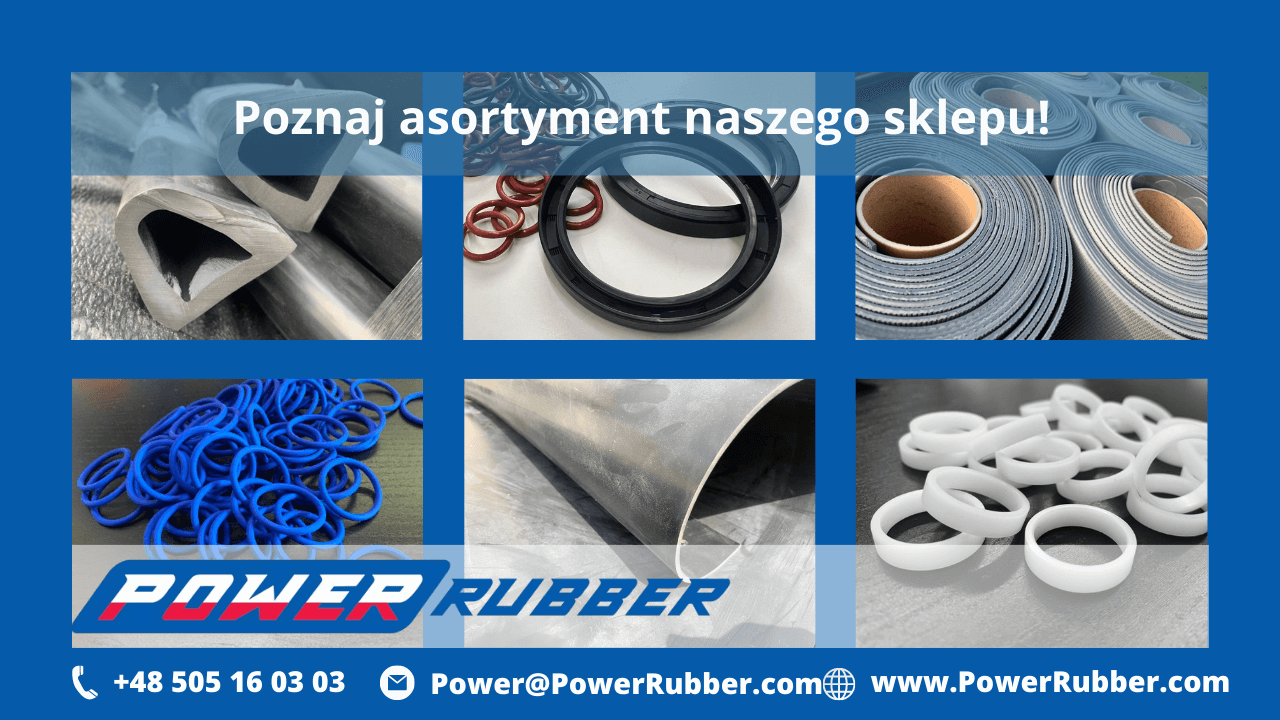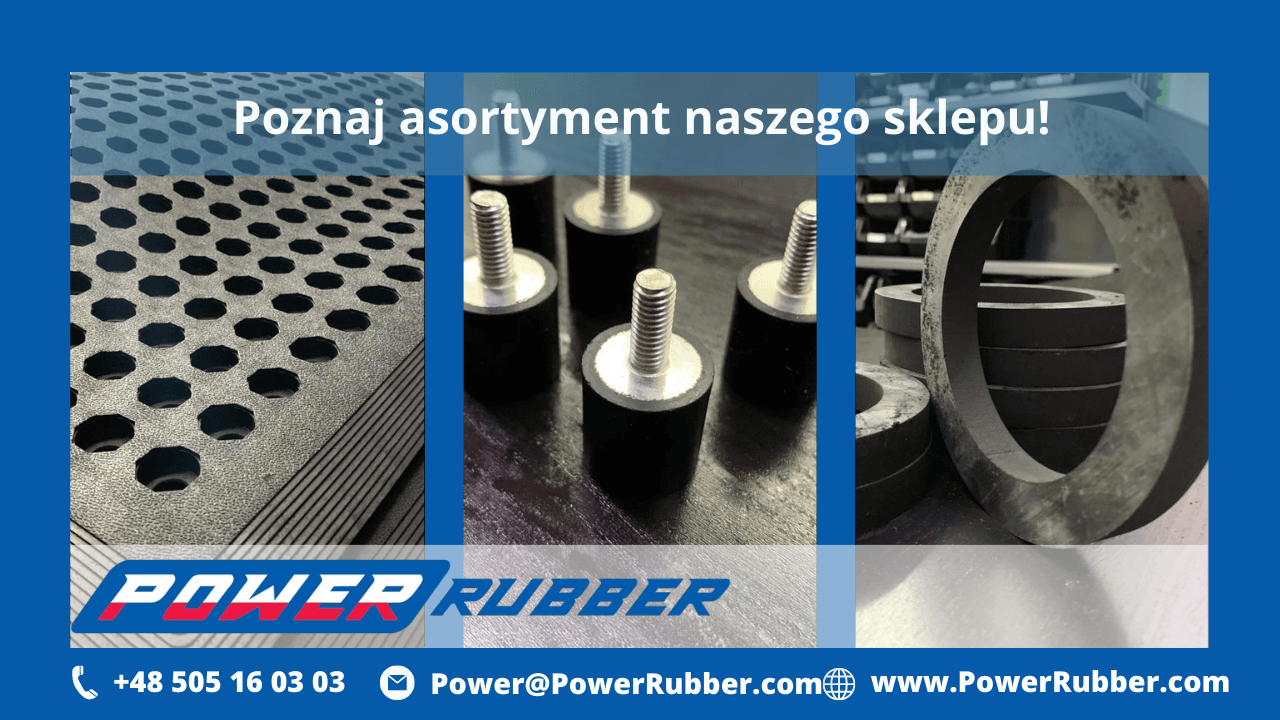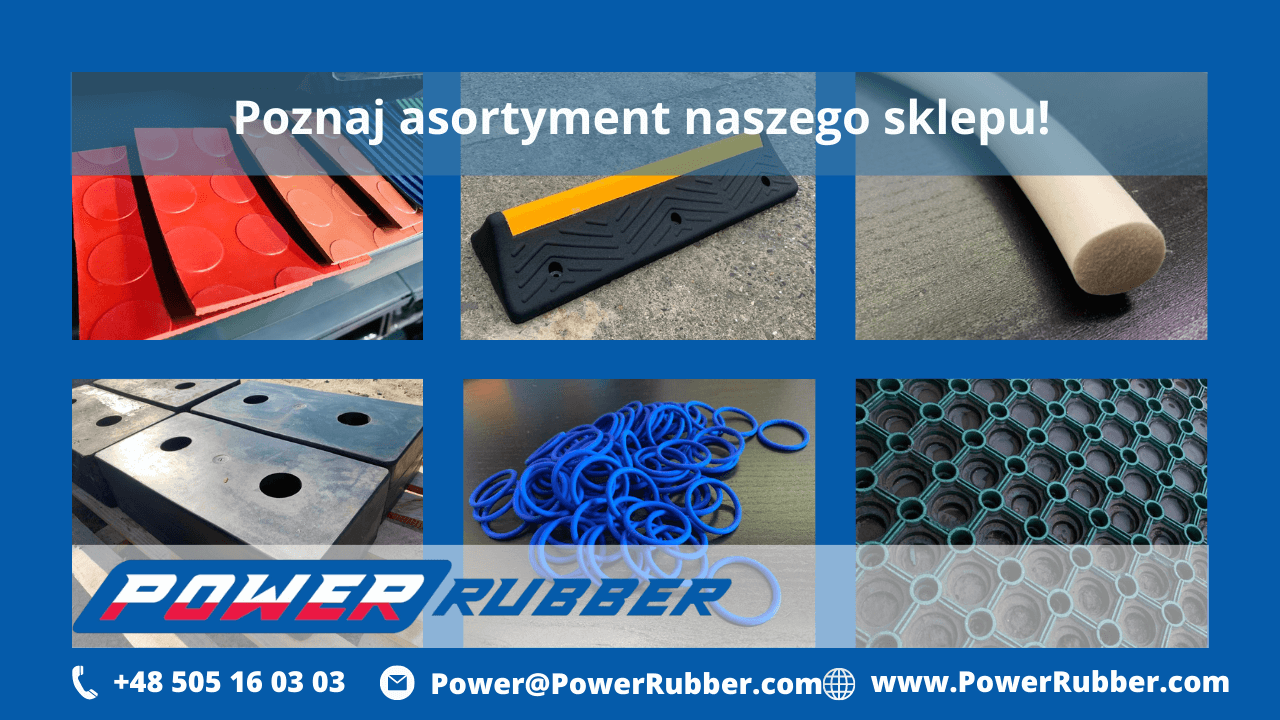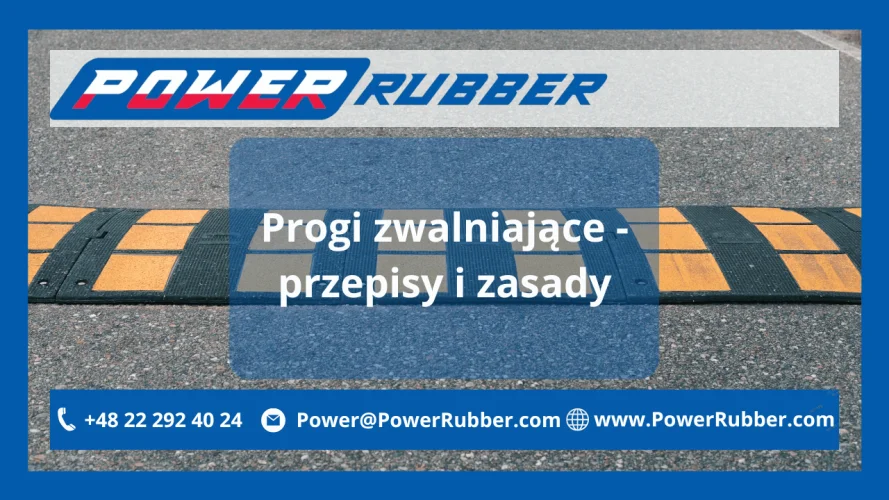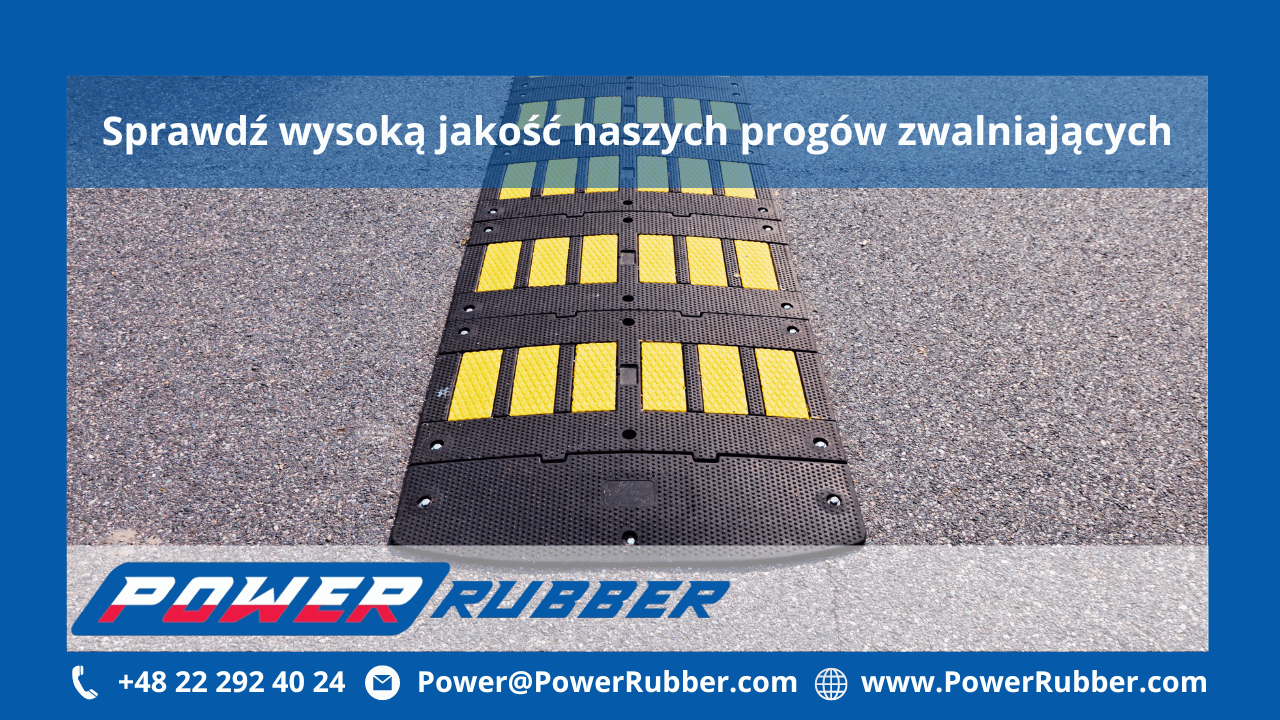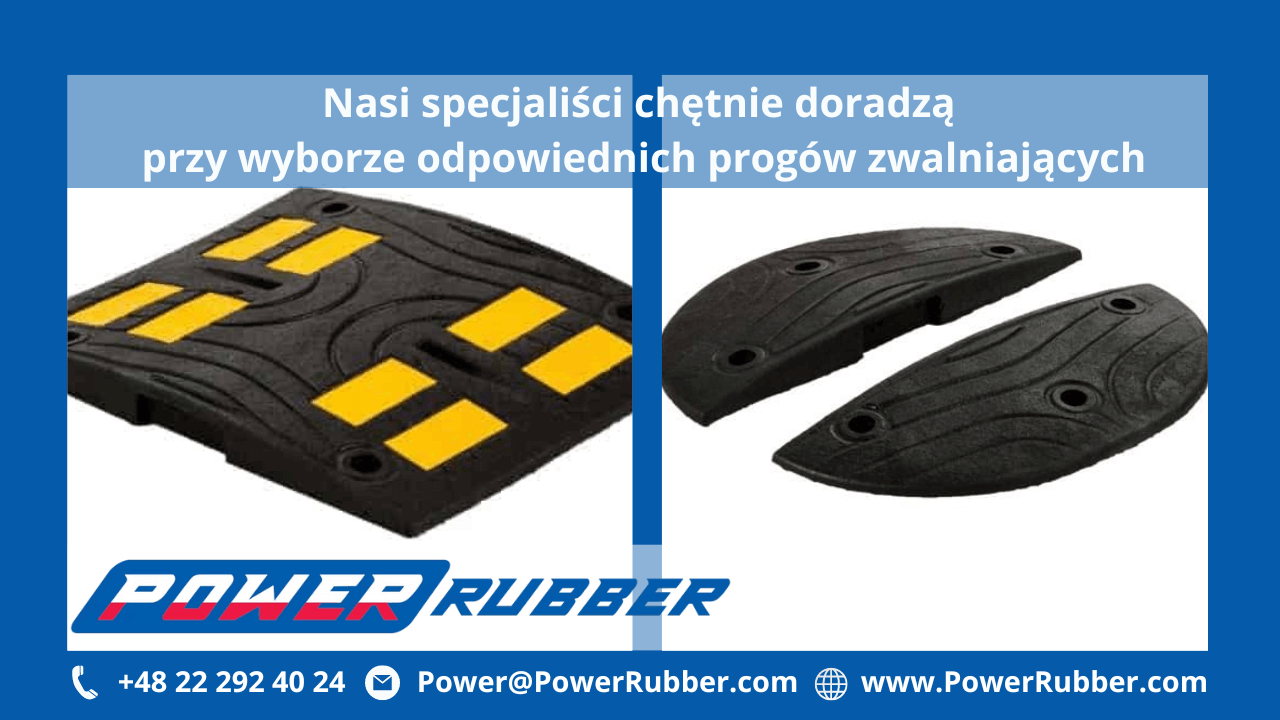Speed bumps – regulations and principles
Speed bumps are traffic calming devices designed to enhance road safety by reducing vehicle speeds in high-risk areas such as residential zones and school districts. They help protect both drivers and pedestrians by enforcing lower speed limits.
Speed Bumps as Road Safety Elements
Why are speed bumps used?
Speed bumps can be installed on local, access, and collector roads within built-up areas. Their purpose is to enforce speed reduction through physical means. These devices are equipped with dedicated mounting systems for asphalt, concrete, or paving stones, ensuring fast and easy installation. The most commonly used types are U-16 humps and U-17 raised cushions.
Speed bumps and cushions help to:
-
Control traffic flow – reduce traffic volume on specific streets and divert it when needed to avoid congestion.
-
Lower the number of accidents – by reducing speeds, they help prevent collisions and road incidents.
-
Protect pedestrians – by forcing drivers to slow down in areas with heavy foot traffic, giving pedestrians more time to cross safely.
Types of Speed Bumps
Speed bumps can be categorised based on their layout and usage:
-
Strip-type bumps – low-profile barriers that span the full road width, used to slow traffic to 18–20 km/h. Common on local and access roads.
-
Plate-type bumps – shaped like flat islands across the carriageway, ideal for residential streets, internal roads, and parking zones.
-
Cushion-type bumps – raised islands installed in line with each lane, not covering the full road width. Designed to allow public buses to pass without difficulty.
Application Areas
Installing speed reducers significantly improves both safety and public health. They are particularly effective in areas like residential neighbourhoods, workplaces, schools, parks, hospitals, and anywhere with high foot or vehicle traffic.
Regulations for Installing Speed Bumps
Legal regulations
The regulations concerning speed bump installation are based on the Ordinance of the Minister of Infrastructure of 3 July 2003 on the technical conditions for road signs, signals, and safety devices and the conditions for their placement on roads.
Speed bumps may be used on the following road classes in built-up areas:
-
L – Local
-
D – Access
-
Z – Collector (in exceptional cases)
Where speed bumps are not allowed
Speed bumps must not be used on:
-
Voivodeship and national roads
-
Expressways and main roads
-
Fire brigade and emergency access roads
-
Roads with regular bus traffic (except for cushion-type bumps)
-
Non-asphalt roads where horizontal markings cannot be applied
-
Road bends or areas where safety could be compromised
Placement limitations
Speed bumps must not be placed:
-
More than 40 m after a horizontal curve with an internal radius of up to 25 m and angle over 70°
-
More than 60 m from intersections or turns requiring a directional change of over 70°
-
Closer than:
-
10 m from pedestrian crossings (unless integrated with a crossing)
-
20 m before/after railway crossings and 15 m before/after tram crossings
-
20 m from steep road inclines over 10%
-
20 m from the end of curves with a radius under 50 m
-
25 m from bridges or overpasses
-
Speed bumps can be installed individually or in series of at least 3, spaced 20–150 m apart. In poor visibility conditions, proper lighting must be installed within 40 m.
Vertical signage
Speed bumps must be marked with:
-
A-11a – speed bump warning
-
B-33 – speed limit sign in km/h
-
T-1 – supplementary plate indicating the distance to the bump
Speed Bump Dimensions
The maximum height of a speed bump is 10 cm, and the maximum length is 6 m. Proper dimensions force drivers to reduce speed while avoiding suspension damage if speed limits are respected.
Examples:
-
U-16a strip-type bump: height 10 cm, length 3.7 m (speed limit 25–30 km/h)
-
U-16b plate-type bump: height 10 cm, length up to 5 m (speed limit 25–30 km/h)
-
U-16d narrow strip bump: height 7 cm, length 0.9–1.5 m (speed limit 18–20 km/h)
How to Submit a Request
As mentioned, speed bumps can only be used on local, access, and collector roads. To request installation, contact the relevant road authority:
-
For municipal roads – contact the mayor's office
-
For county roads – contact the county authority
-
For public roads in cities with district rights – contact the city council
Speed Bumps from Power Rubber
At Power Rubber, we provide high-quality traffic control devices that help reduce vehicle speed and improve safety for all road users. Our speed bumps are made from durable materials that resist heavy use and extreme weather. They do not crack under temperature fluctuations and help reduce noise pollution in urban areas.
Contact
For further information, please contact us:
Phone: +48 22 292 40 24 or +48 505 16 03 03
Email: Power@PowerRubber.com
Or via our contact form available on our website.
